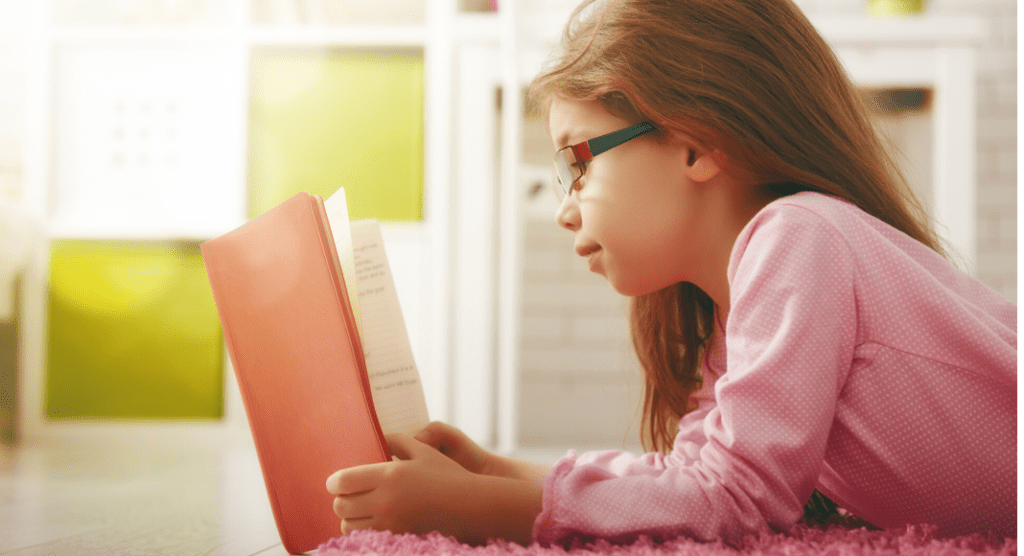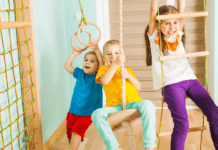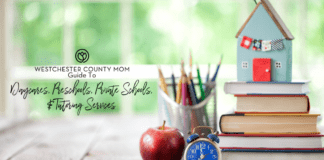
I use the word “no” a lot with my almost eight-year-old daughter — to most requests for junk food, to staying up “just a little bit later,” to “just one more episode” of her favorite TV show. But the one category for which I don’t often use the word “no” is when she asks to read a book. When bookstores finally opened for pick-up, she couldn’t wait to make selections. She searched the “young adult” section on the internet and began collecting a list of titles that she wanted to read.
And then she saw it: a white background with an image of a teenage girl (a category of person that my daughter can’t wait to enter), and the words The Hate U Give. For those who have not read this title or seen the film, the story deals with an African American teenage girl who perseveres through witnessing a white police officer murder her close friend. The story reflects several of today’s most prevalent and important social justice issues. Beyond race-related police violence, The Hate U Give explores how race is a factor in perception, advancement opportunity, socialization, and self-concept.
Having read this book, I knew that while difficult, it would present an opportunity to start a real conversation about a topic that would be one of the most important of our child’s generation. Despite the “older” target age for this book, I knew that my daughter, a voracious and inquisitive reader, would learn from reading it, especially if we tackled it together. After all, we had been discussing the protests in response to the murder of George Floyd that we had seen on the news. So I reasoned that reading The Hate U Give could help illuminate these issues from a kid’s perspective.
As we read together, I reflected upon how some aspects of The Hate U Give are similar to some incidents my husband and I had helped our students to sort through when we were teachers in New Orleans several years ago. Our daughter had vague memories of some of these exchanges and remembered how upset we got sometimes. She was now beginning to understand why.
We had never thought to censor or sanitize our lives or hide our feelings because she was a “little kid.” We didn’t think to shield our child from issues she would eventually learn about or face. Our attitude was, if not now, when?
Knowing that our values are appropriate for our child, but not necessarily for other people’s children, I had been content not to share with anyone that we were reading this book together. But during an online small-group school “meeting” when the teacher asked what books the students had been reading, our daughter stated the title, plot, relevance to current events, and her feelings about all of it. I was impressed that she remarked that the story was very appropriate because of the protests against racially motivated police violence that appear on the news.
Even though this was a virtual meeting, the tension in the “room” was enough to restrict (virtual) airflow. While none of the other students had read The Hate U Give, some helped by sharing their insights about the protests they had seen on the news.
The teacher, wanting to save enough time for all of the students to share their independent reading choices, remarked that yes, the book can shed light on current events, but that it may not be appropriate for all second graders to read, thus ending the conversation about The Hate U Give.
A few days later while I was driving with my daughter in the backseat, the news reported that Rayshard Brooks, an African American man, had been shot in the back and killed by a white police officer less than a week after George Floyd’s funeral and on the same day that Mr. Brooks had attended his daughter’s eighth birthday party.
“In less than a month, I’m going to be eight, mommy,” my daughter said, clearly disturbed by this news. “I don’t know what I’d do if that happened on my eighth birthday.”
Mr. Brooks’s daughter did not get the benefit of “age-appropriate” content. There is never an “age-appropriate” time to find out that one’s father has been shot and killed.
I asked if she had regretted reading The Hate U Give at age seven. She said, “No. Some kids have to deal with this stuff for real in their families. All I did was read about it in a book. That’s nowhere near as hard.”
My seven-year-old reassured me that to censor and sanitize the serious injustice being done to African American people is a privilege that many do not have, and she does not think this is fair. And if that is my child’s takeaway from reading The Hate U Give at age seven, then I consider that to be age-appropriate.
I adored my daughter’s second-grade teacher, and I understand why she couldn’t have a long class discussion about this book. That doesn’t change the fact that at home, all parents must have some difficult conversations about racially-motivated violence and hate crimes with our children at some point before they reach adulthood. If we do not undertake this important job, then our kids may be introduced to these matters via sources that do not convey the message that we want them to absorb.
This reminds me of a quote from one of my favorite books, To Kill a Mockingbird (which incidentally, my family is reading together right now): “When a child asks you something, answer him for goodness’ sake … they can spot an evasion quicker than adults, and evasion simply muddles ‘em.”
So while we will continue to monitor and participate in our daughter’s reading choices and answer her questions, we will unlikely censor her book selections, and we will not be evasive in our answers.




















